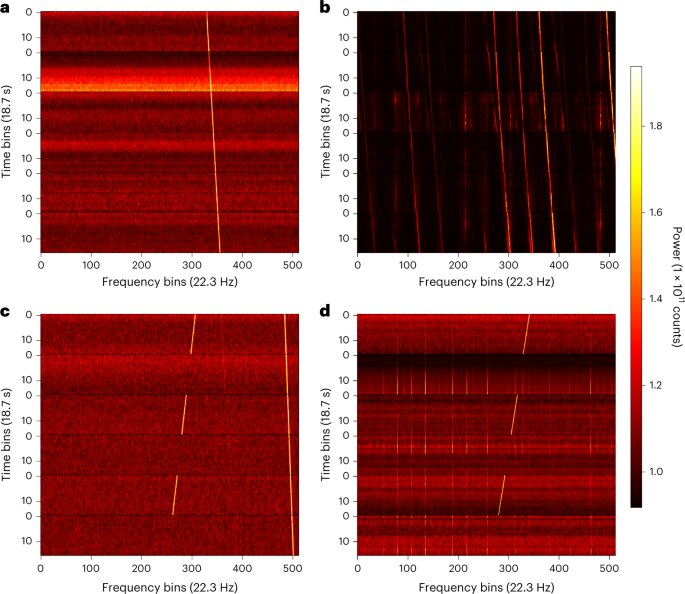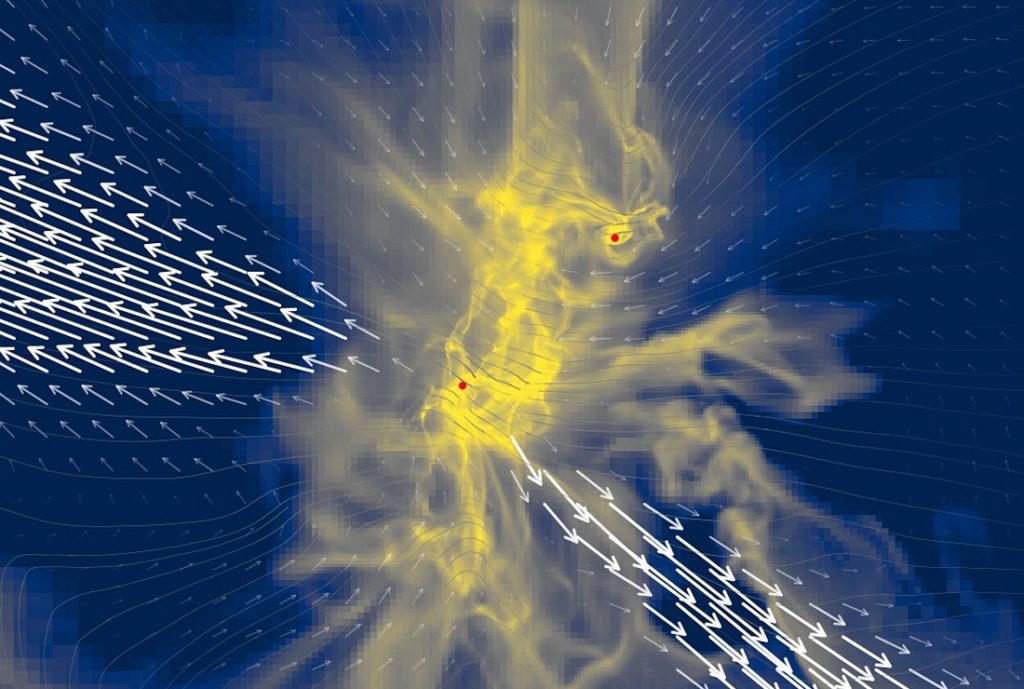
In 1960, while preparing for the first meeting on the Search for Extraterrestrial Intelligence (SETI), legendary astronomer and SETI pioneer Dr. Frank Drake unveiled his probabilistic equation for estimating the number of possible civilizations in our galaxy—aka The Drake Equation. A key parameter in this equation was ne, the number of planets in our galaxy capable of supporting life—aka “habitable.” At the time, astronomers were not yet certain other stars had systems of planets. But thanks to missions like Kepler, 5,523 exoplanets have been confirmed, and another 9,867 await confirmation.
Based on this data, astronomers have produced various estimates for the number of habitable planets in our galaxy—at least 100 billion, according to one estimate...
Read More









Recent Comments